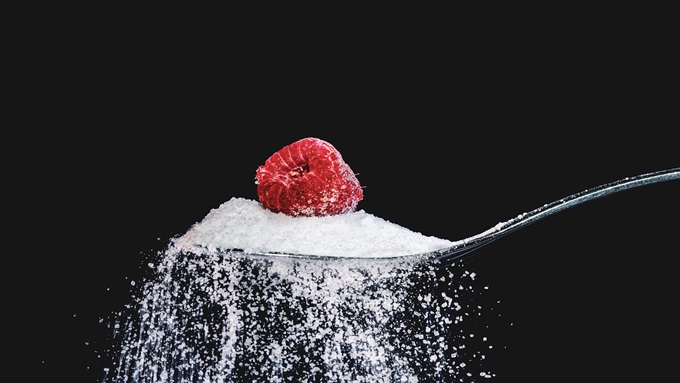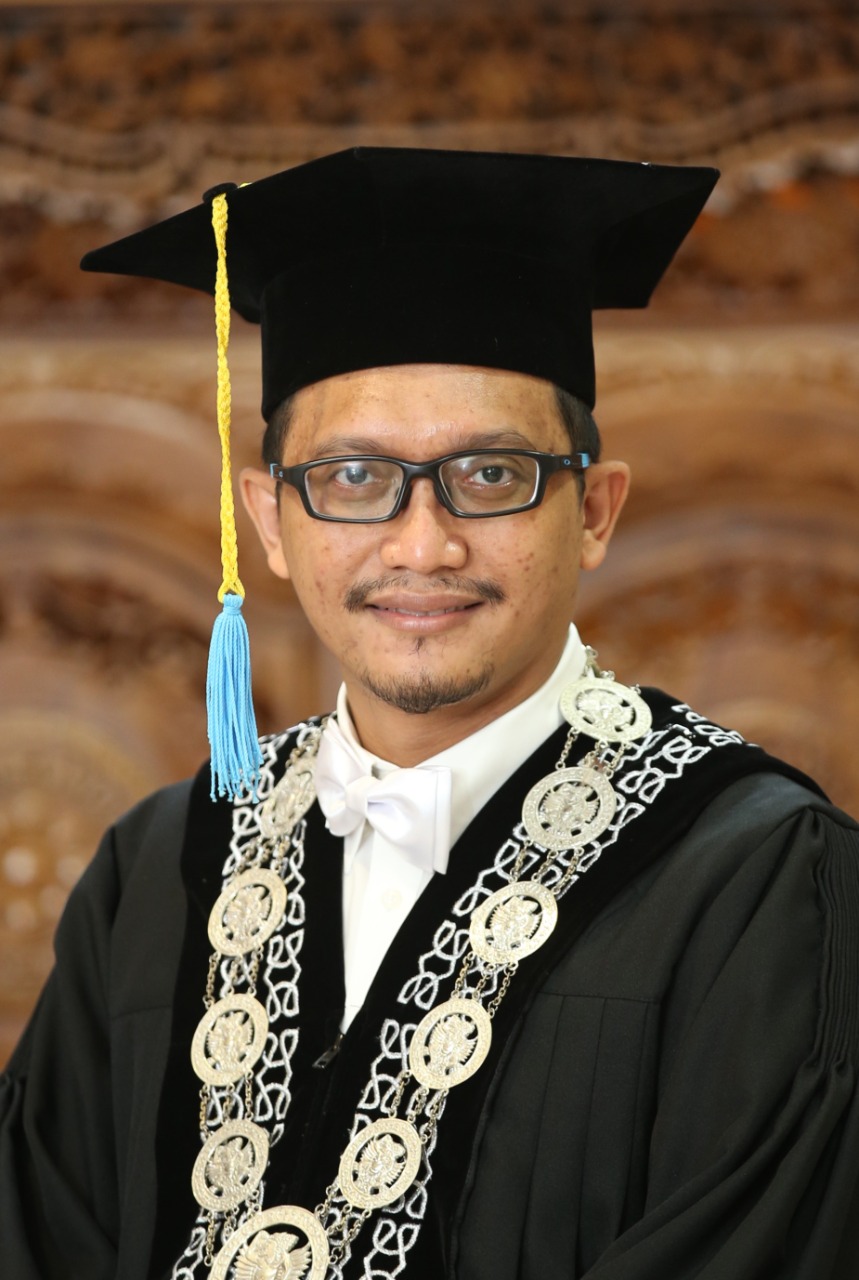Food Intake, Infectious Disease, and Environmental Sanitation in Toddlers Aged 6-24 Months in Cibatu Health Center, Garut

Downloads
Highlights:
- This study found a significant relationship between food intake, environmental sanitation, and the incidence of infectious diseases in toddlers with stunting.
- Each variable (food intake, infectious diseases, and environmental sanitation) demonstrated a significant association with the stunting category, indicating their importance in addressing stunting in the target population.
Abstract
Introduction: Indonesia is a developing nation with complex issues, particularly regarding nutrition. Stunting is a nutrient deficiency that persists over time as a result of being fed food that is not sufficient to meet nutritional requirements. This study aimed to analyze the relationship between food intake, illness, and environmental sanitation in the stunting category in toddlers aged 6-24 months at Cibatu Health Center, Garut, in 2022.
Methods: This was a correlational analytical study with a cross-sectional design. The population in this study was all toddlers with stunting (aged 6-24 months) at Cibatu Health Center, Garut, with a total sample of 99 people. The sampling technique used was total sampling. The analysis techniques used were univariate, bivariate, and multiple correlation analyses with a significance level of p < 0.05.
Results: There was a significant relationship between food intake, environmental sanitation, and the incidence of infectious diseases in the stunting category, where the p-value (each) was <0.05. Food intake (X1), infectious diseases (X2), and environmental sanitation (X3) had a significant relationship with the stunting category (Y), where the p-value was < 0.05.
Conclusion: Food intake, environmental sanitation, and the incidence of infectious diseases had a significant relationship with the stunting category at Cibatu Health Center, Garut.
Sari GM. Early Stunting Detection Education as an Effort to Increase Mother's Knowledge about Stunting Prevention. Folia Medica Indones 2021; 57: 70–75. [Journal]
Wicaksono H. Nutritional Status Affects Incidence of Pneumonia in Underfives. Folia Medica Indones 2016; 51: 285–291. [Journal]
Millennium Challenge Account. Proyek Kesehatan dan Gizi Berbasis Masyarakat (PKGBM) untuk Mengurangi Stunting. Millenn Chall Acc 2020; 1: 1–2. [Journal]
Krisnana I, Suryawan A, Muftiyaturrohmah M. Analysis of Fathers' Support Based on Maternal Perceptions Through Stunting Incidence in Toddler at Coastal Areas. Syst Rev Pharm 2020; 11: 761–767. [Journal]
Puspamaniar VA, Setyoningrum RA, Susanti D. Low Birth Weight as Risk Factor of Pneumonia Child in Primary Health Care of Surabaya. JUXTA J Ilm Mhs Kedokt Univ Airlangga 2019; 10: 61–62. [Journal]
The National Team for the Acceleration of Poverty Reduction (Tim Nasional Percepatan Penanggulangan Kemiskinan). 100 Kabupaten/Kota Prioritas untuk Intervensi Anak Kerdil (Stunting) Volume 2. TNP2K, https://www.tnp2k.go.id/downloads/100-kabupatenkota-prioritas-untuk-intervensi-anak-kerdil-stunting-volume-2 (2017).
Schmidt CW. Beyond Malnutrition: The Role of Sanitation in Stunted Growth. Environmental Health Perspectives 2014; 122: A298-303. [Journal]
Adikarya IPGD, Nesa NNM, Sukmawati M. Hubungan ASI Eksklusif terhadap Terjadinya Diare Akut di Puskesmas III Denpasar Utara Periode 2018. Intisari Sains Medis 2019; 10. [Journal]
Kusnandar VB. Prevalensi Balita Stunting di Kabupaten Garut Tertinggi se-Jawa Barat pada 2021. Databoks, https://databoks.katadata.co.id/datapublish/2022/07/22/prevalensi-balita-stunting-di-kabupaten-garut-tertinggi-se-jawa-barat-pada-2021 (2022).
Moses L, Moses R. FatSecret, https://www.fatsecret.com/ (2007).
Ministry of Health of the Republic of Indonesia (Kementerian Kesehatan Republik Indonesia). Daftar Komposisi Bahan Makanan (DKBM). Jakarta, https://staffnew.uny.ac.id/upload/132318122/pendidikan/DKBM-Indonesia.pdf (2005).
International Dietary Data Expansion Project. Food Composition Databases (FCDB). Boston, https://inddex.nutrition.tufts.edu/data4diets/data-source/food-composition-databases (2015).
The International Committee on MCH Handbook. MCH Handbook, https://www.mchhandbook.com/.
Sabilla PN. Gambaran Karakteristik dan Pemberian ASI Eksklusif pada Ibu Bekerja di Posyandu Kunci VI, VIII B, dan XIII Kelurahan Pandeyan Umbulharjo Kota Yogyakarta Tahun 2020. Politeknik Kesehatan Kementerian Kesehatan Yogyakarta, http://eprints.poltekkesjogja.ac.id/3405/ (2020).
Kusumaningtyas I. Pengaruh Literasi Keuangan dan Gaya Hidup terhadap Perilaku Konsumtif Siswa Kelas XI IPS di SMA Negeri 1 Taman Sidoarjo. J Pendidik Ekon 2017; 5. [Journal]
Yula. Hubungan Sanitasi Rumah Tinggal dan Hygiene Perorangan dengan Kejadian Dermatitis di Desa Moramo Kabupaten Konawe Selatan. Universitas Haluoleo Kendari, 2019. [Journal]
Simanjuntak A, Lahay RR, Purba E. Respon Pertumbuhan dan Produksi Bawang Merah (Allium ascalonicum L.) terhadap Pemberian Pupuk NPK dan Kompos Kulit Buah Kopi. J Agroekoteknologi Univ Sumatera Utara 2013; 1. [Journal]
Intani DD, Setiyobroto I, Astuti RW. Hubungan Asupan Makan dan Aktivitas Fisik dengan Status Gizi Peleton Inti SMPN 5 Yogyakarta. Politeknik Kesehatan Kementerian Kesehatan Yogyakarta, http://eprints.poltekkesjogja.ac.id/1333/ (2019).
Oktarina Z, Sudiarti T. Faktor Risiko Stunting pada Balita (24”59 Bulan) di Sumatera. J Gizi dan Pangan 2013; 8: 177–180. [Journal]
Wirjatmadi B, Welasasih BD. Factor Affecting Nutrition Status of Stunting Children. Indones J Public Heal 2012; 8: 99-104. [Journal]
Gibney MJ, Margetts BM, Kearney JM, et al. Gizi Kesehatan Masyarakat. Cetakan I. Jakarta: Penerbit Buku Kedokteran EGC, 2009. [Book]
Desyanti C, Nindya TS. Hubungan Riwayat Penyakit Diare dan Praktik Higiene dengan Kejadian Stunting pada Balita Usia 24-59 Bulan di Wilayah Kerja Puskesmas Simolawang, Surabaya. Amerta Nutr 2017; 1: 243–251. [Journal]
Kirana ANG, Gunawan AT. Studi Hygiene Sanitasi Pengelolaan Makanan dan Minuman di Rumah Sakit Umum Daerah Hj. Anna Lasmanah Kabupaten Banjarnegara Tahun 2016. Keslingmas 2016; 35: 160–164. [Journal]
Alam S, Karini TA. Islamic Parenting ‘Pola Asuh Anak: Tinjauan Perspektif Gizi Masyarakat'. Universitas Islam Negeri Alauddin Makassar, 2020. [Book]
Ministry of Health of the Republic of Indonesia (Kementerian Kesehatan Republik Indonesia). Profil Kesehatan Indonesia Tahun 2016. Jakarta, https://perpustakaan.kemkes.go.id/books/profil-kesehatan-indonesia-tahun-2016/ (2016).
Copyright (c) 2024 Dinna Yusigania, Linda Dewanti, Ahmad Suryawan

This work is licensed under a Creative Commons Attribution-ShareAlike 4.0 International License.
1. The journal allows the author to hold the copyright of the article without restrictions.
2. The journal allows the author(s) to retain publishing rights without restrictions
3. The formal legal aspect of journal publication accessibility refers to Creative Commons Atribution-Share Alike 4.0 (CC BY-SA).




























